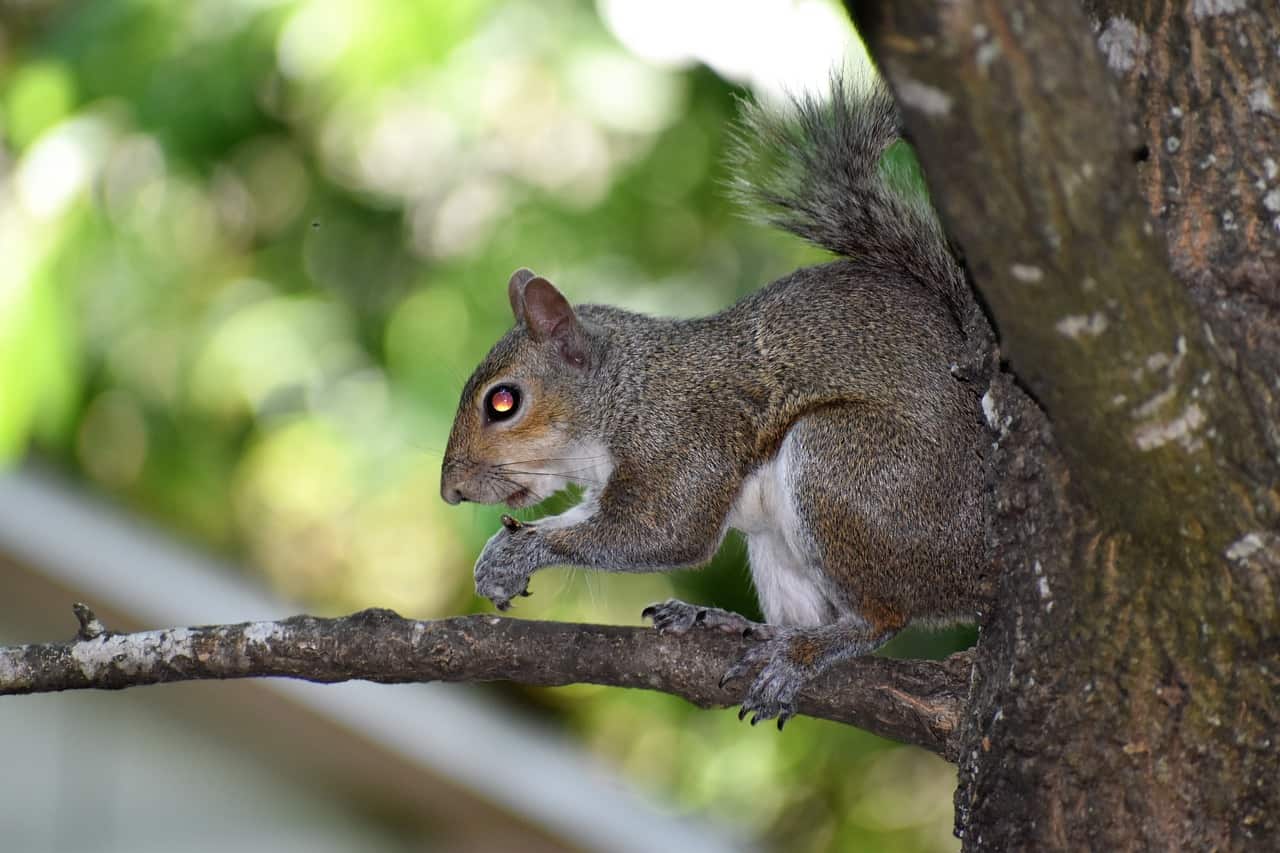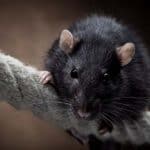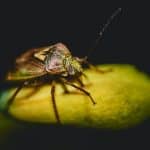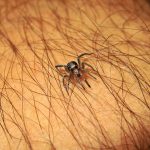There are many wild animals native that people likely encounter on a near-daily basis, sometimes without even realizing it. These common backyard creatures have found ways to co-exist with humans, which unfortunately can lead them to become nuisance pests and even occasional health threats. Though these wild animals may not always be a welcome sight for homeowners, they do have some interesting characteristics!
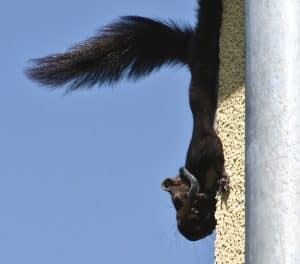
Squirrels are fierce fighters.
Squirrel varieties can be found in every region of the world. A group of squirrels is called a scurry. Squirrels are extremely territorial and will even fight to the death to defend their area. Mother squirrels are especially vicious when protecting their babies. Squirrels frequently enter attics and chimneys in the winter. To keep them out, seal all possible points of entry around the house, screen vents and openings to chimneys and keep tree limbs cut back six to eight feet from the roofline.
Raccoons will eat almost anything.
Raccoons are omnivores and will eat just about anything, including fish, mice, insects, stolen eggs and human trash. Raccoons also sometimes “wash” their food by rapidly dunking it in water before eating. Their adaptable eating habits have allowed them to make themselves at home in many environments, from forests and marshes to cities and the suburbs. Homeowners should be sure to store trash cans and recycling bins in sealed areas or with animal-proof lids to keep raccoons, which are frequent carriers of rabies, off their property.
Opossums are good actors.
Opossums are the only marsupials. Female opossums give birth to young as tiny as honey bees that immediately crawl into their mother’s pouch where their development continues. Typically, fewer than half of opossum young survive in to adulthood. Opossums are known for “playing dead” when threatened by predators. They will fall onto their sides and lie on the ground, extend their tongues and either close their eyes or stare straight in to space. Do not approach an opossum in this state, as they have sharp teeth and in rare cases may bite if they feel threatened. Opossums have been known to create messy dens in homeowner’s attics and garages.
Bats are often protected by law.
Bats are protected by law in most states, so it is important to check with animal control or wildlife services for any regulations before bat-proofing your home. The best time to bat-proof is the beginning of autumn, when bats leave for hibernation. Bats can pose serious health threats to humans if they are not removed from structures; bat droppings can harbor a fungus that causes lung disease.
Voles are small, but mighty.
Voles, also known as meadow mice or field mice, are a type of rodent that can be found in most regions. They are active year-round, and do not hibernate. Their populations tend to fluctuate and are dependent on factors such as food quality, climate and physiological stress. Voles construct many tunnels with various burrow entrances and can cause extensive damage to orchards, young trees and field crops. They’re even capable of ruining lawns and golf courses with their extensive tunnel systems.
Groundhogs are true hibernators.
Groundhogs are among the few mammals that enter into true hibernation, which generally starts in late fall near the end of October and continues until late February. These rodents will gorge themselves all summer to build up their fat reserves. After the first frost, they enter their underground burrows and hibernate until spring, where they survive off of their accumulated body fat. During hibernation, the groundhog’s heart rate plunges and its body temperature will not be much higher than that inside the burrow. To keep groundhogs out of crawlspaces, it is important to inspect homes for access points, such as broken vent covers or holes in the foundation. Burrowing groundhogs have been known to destroy building foundations.

